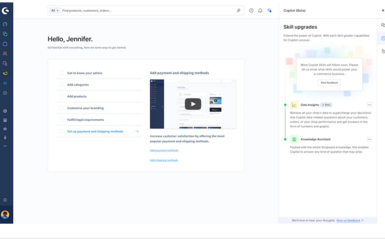Tree Testing - Clarification of terms and benefits
Reading time:
minutes
A tree test provides answers - real answers to the question of how well users find their way around a website and whether the most important and essential content is actually found by the user.




